Contact Information
smiles@mylakesidedentist.com
15400 19 Mile Rd, Clinton Twp, MI 48038, United States of America
Serving Clinton Township and Surrounding Areas
info@mylakesidedentist.com
(586) 228-0909
Can a Dentist Do Invisalign? Answers to Your Top Questions
Yes, can a dentist do Invisalign? Many general dentists undergo special training to provide this treatment. In this article, we’ll explore how dentists get certified for Invisalign, how their expertise stacks up against orthodontists, and what you should consider when choosing your provider.
Key Takeaways
- General dentists can provide Invisalign treatment after completing a certification course that includes modules on orthodontic foundations and hands-on workshops.
- Orthodontists have additional specialized training in tooth alignment and may offer a higher level of expertise and access to advanced technology for complex cases.
- The cost of Invisalign treatment is generally similar whether provided by a general dentist or an orthodontist, but the patient’s specific needs and the provider’s expertise should be key considerations.
Can General Dentists Provide Invisalign Treatment?
Indeed, Invisalign treatment can be provided by general dentists. Many dentists choose to offer Invisalign as part of their practice, but there are specific qualifications they must meet first. To become certified Invisalign providers, general dentists need to complete a certification course. This course includes a self-paced virtual module on orthodontic foundations and treatment options, as well as hands-on treatment planning workshops.
The initial phase of Invisalign certification for general dentists involves on-demand onboarding and a hands-on treatment planning workshop. These training sessions ensure that general dentists are well-equipped to provide Invisalign treatment to their patients. However, while general dentists can offer Invisalign aligners, their expertise may be limited compared to orthodontists who undergo specialized training in tooth alignment.
Although many dentists can provide excellent Invisalign treatments, it’s important to remember that the level of experience and expertise can vary. Some general dentists may have more experience and achieve outstanding results, but others might not be as proficient, especially with more complex cases. Hence, it is necessary to comprehend the training and qualifications of your Invisalign provider.
How Does Invisalign Training for Dentists Work?
Dentists start their Invisalign training with foundational orthodontic education through on-demand onboarding modules. These modules introduce dentists to the Invisalign system, covering how to submit cases and integrate treatment into their practice workflow. This initial phase of training is instrumental in equipping dentists to proficiently offer Invisalign treatment.
Following the onboarding, dentists engage in a 12-month guided onboarding experience to help them successfully treat patients with Invisalign aligners. This includes live 1:1 coaching sessions with an Invisalign specialist to assist with case selection and treatment planning. Additionally, new Invisalign providers receive guided case selection support to help them identify three starter cases.
Post-course educational opportunities are also available, such as in-person courses, livecast learning, and pre-recorded webinars. This continuous learning ensures that dentists stay updated with the latest advancements in Invisalign treatment.
The thoroughness of this training program enables general dentists to deliver high-quality care and secure successful results for their Invisalign patients.
Differences Between a Dentist and an Orthodontist in Invisalign Treatment
Even though general dentists and orthodontists both can offer Invisalign treatment, their education, training, and experience in tooth movement vary significantly. Comprehending these differences can assist you in determining whether a dentist or an orthodontist suits your Invisalign treatment needs best.
Orthodontists complete additional training in orthodontics, usually 2-3 years beyond dental school. This specialized education focuses on diagnosing, preventing, and treating jaw and bite misalignment issues, giving orthodontists a deeper understanding of complex alignment problems. Conversely, general dentists have a broader focus, offering a wide range of dental services but with less specialized training in tooth movement. Let’s explore these key differences in more detail.
Education and Training

Orthodontists undergo extensive education and training beyond dental school, typically completing an additional three years of specialized schooling. During this time, they focus on orthodontics and must pass rigorous written and clinical board examinations to become certified. Such specialized education guarantees that orthodontists possess a high level of expertise in diagnosing and addressing alignment issues.
In contrast, general dentists do not receive the same level of specialized training. While they can complete basic Invisalign training and certification, their knowledge and experience in orthodontics are not as extensive as that of orthodontists. This disparity in education and training can notably influence the quality of care and the results of Invisalign treatment.
Experience with Tooth Movement
Orthodontists specialize in:
- Moving and correcting teeth
- Gaining extensive experience through their additional training
- Being familiar with various tooth alignment methods
- Understanding the strengths and weaknesses of each
This expertise allows orthodontists to straighten teeth and provide clear braces treatment, as well as traditional metal braces, creating customized orthodontic treatment plans tailored to individual dental needs, including clear braces treatment.
General dentists, on the other hand, may not have the same concentrated experience in tooth movement. While they can provide effective Invisalign treatment, their primary focus is broader dental care. This disparity in experience can be significant, particularly for patients with complex alignment issues necessitating more specialized care.
Technology and Tools
Advanced technology plays a significant role in the success of Invisalign treatment, a popular clear aligner treatment option. General dentists trained in Invisalign use tools like 3D scanning and digital modeling to create precise treatment plans. These technologies help ensure that Invisalign aligners fit well and are effective in straightening teeth.
Orthodontists, however, may have access to more state-of-the-art tools and technology, which can enhance treatment outcomes. When selecting an orthodontist at the Diamond Plus tier, you can expect to receive the highest-quality care from dedicated Invisalign experts. This guarantees a higher level of service and expertise. This access to advanced technology and tools can make a significant difference, particularly for complex cases.
Pros and Cons of Getting Invisalign from a General Dentist
Opting for Invisalign treatment from a general dentist comes with its own set of pros and cons. One of the main advantages is that general dentists often offer a wider range of dental services, providing comprehensive care under one roof. This can be convenient for patients who need additional dental work alongside their Invisalign treatment.
Another benefit is that the cost of Invisalign from a general dentist can sometimes be lower compared to traditional braces. General dentists create personalized treatment plans to tailor the Invisalign aligners to an individual’s dental structure, ensuring effective results. Nevertheless, for the treatment to be successful, patients must be disciplined enough to wear their aligners for a minimum of 22 hours a day.
On the downside, general dentists may not have the same level of expertise in handling complex alignment issues as orthodontists do. While they can perform scans, order trays, and conduct periodic check-ups, they might struggle with identifying and strategizing treatment for moderate-to-severe alignment problems. Hence, in more complex cases, the specialized knowledge of an orthodontist might be essential.
Benefits of Choosing an Orthodontist for Invisalign
Choosing an orthodontist for your Invisalign treatment offers several benefits:
- Orthodontists have specialized education and experience
- They provide a broad range of treatment possibilities
- They have a keen eye for any changes in treatment
- Their comprehensive training and expertise usually lead to superior quality results.
Orthodontists can determine if Invisalign is the best treatment option for a patient’s unique dental situation, ensuring a tailored approach. They can make necessary adjustments during treatment to tackle challenging tooth movements without delays. This specialized care can be especially advantageous for patients with complicated alignment issues or those requiring a more personalised treatment plan.
Cost Comparison: Dentist vs. Orthodontist for Invisalign
When it comes to the cost of Invisalign treatment, prices are generally similar whether you choose a general dentist or an orthodontist. The cost typically ranges from $3,000 to $8,000, depending on factors such as case complexity and treatment duration. Both dentists and orthodontists incur the same lab fees and material costs, which helps standardize the pricing.
Nonetheless, before initiating Invisalign treatment, it’s vital to consult with your insurance company to understand what proportion of the cost may be covered. Many dental insurance plans now cover Invisalign to the same extent as traditional braces, and flexible payment plans are often available. This can make the treatment more affordable, regardless of whether you choose a general dentist or an orthodontist.
Common Misconceptions About Invisalign Providers
A common misconception is that only orthodontists can provide quality Invisalign treatment. While orthodontists have specialized training in tooth movement, general dentists can also offer effective Invisalign treatment after completing the necessary certifications and ongoing education.
Reviewing customer satisfaction ratings and reviews can offer useful insights into the quality of care provided by any Invisalign provider, be it a general dentist or an orthodontist. Looking beyond titles and focusing on the provider’s experience and patient feedback is important for making a well-informed decision.
What to Consider When Choosing Your Invisalign Provider
Several factors should be considered when choosing an Invisalign provider. The practitioner’s experience and expertise level is essential, particularly for significant bite issues. Using Invisalign’s searchable database of certified providers can help ensure you find an experienced professional.
Other considerations include the office atmosphere, proximity to your home or work, and the availability of financing options. An office that makes you feel comfortable and offers flexible payment plans can enhance your overall treatment experience and make the process more convenient and affordable.
Summary
In summary, both general dentists and orthodontists can provide effective Invisalign treatment. While general dentists can offer a wider range of services and potentially lower costs, orthodontists bring specialized training and experience to the table, which can be crucial for complex cases. The key is to choose a provider based on their experience, expertise, and patient reviews rather than just their title.
By considering factors such as office atmosphere, proximity, and financing options, you can find the right Invisalign provider to meet your needs. Whether you opt for a general dentist or an orthodontist, the goal is to achieve a beautiful, straight smile with the help of clear aligners.
Frequently Asked Questions
-
Can a general dentist provide Invisalign treatment?
Yes, general dentists can provide Invisalign treatment after completing a certification course that includes orthodontic foundations and treatment options.
-
How does Invisalign training for dentists work?
Invisalign training for dentists includes on-demand modules, hands-on workshops, and post-course support, such as live coaching sessions and educational opportunities. This helps dentists learn how to use Invisalign effectively.
-
What are the differences between a general dentist and an orthodontist in providing Invisalign treatment?
In conclusion, orthodontists have more extensive training, experience, and access to advanced technology for Invisalign treatment than general dentists.
-
What are the pros and cons of getting Invisalign from a general dentist?
Getting Invisalign from a general dentist can offer a broader range of dental services and may be more cost-effective. However, it's essential to consider the limited expertise in addressing complex alignment issues.
-
How much does Invisalign treatment cost?
Invisalign treatment typically ranges from $3,000 to $8,000, depending on case complexity and treatment duration, regardless of whether you go to a general dentist or an orthodontist.
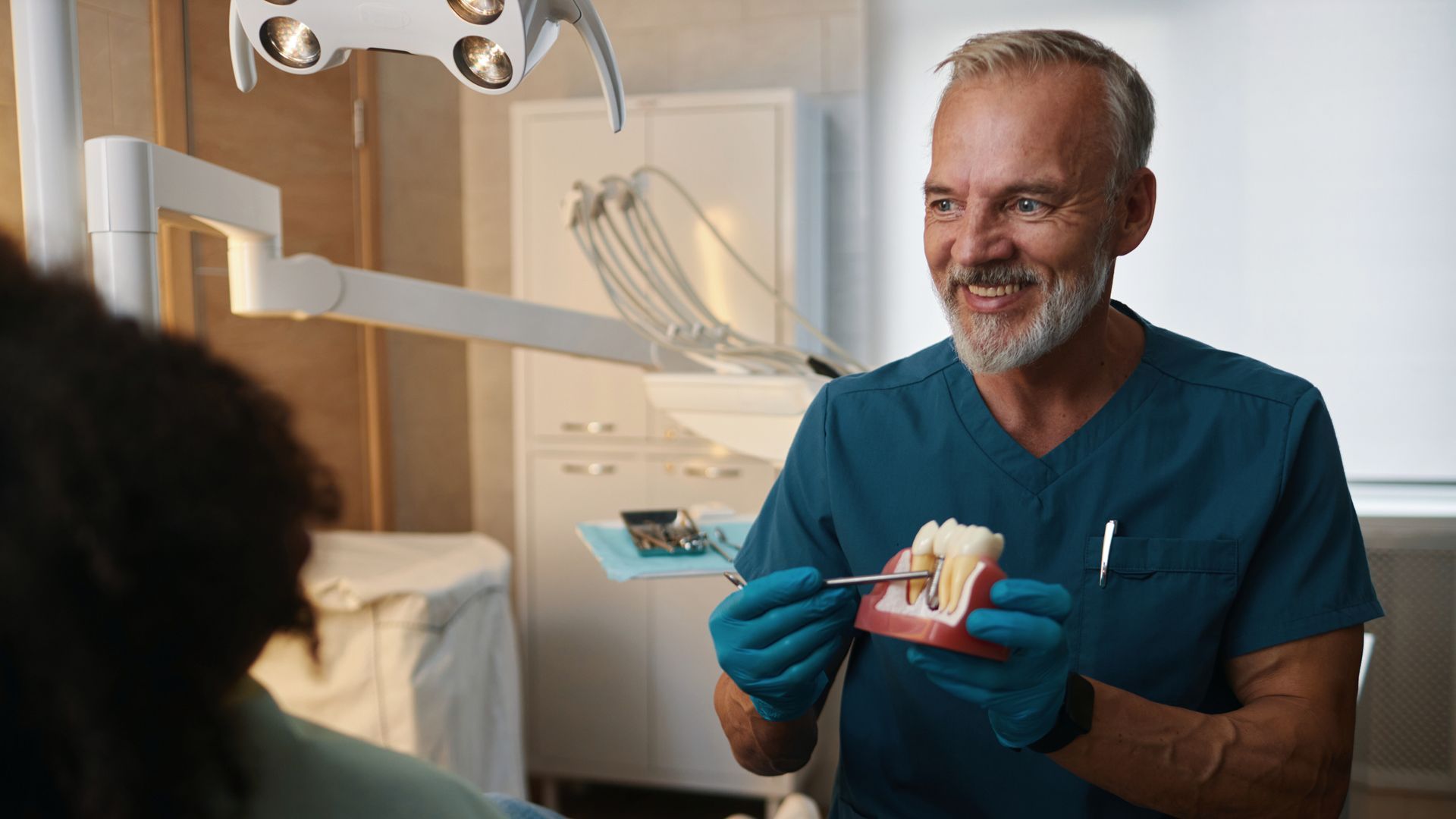
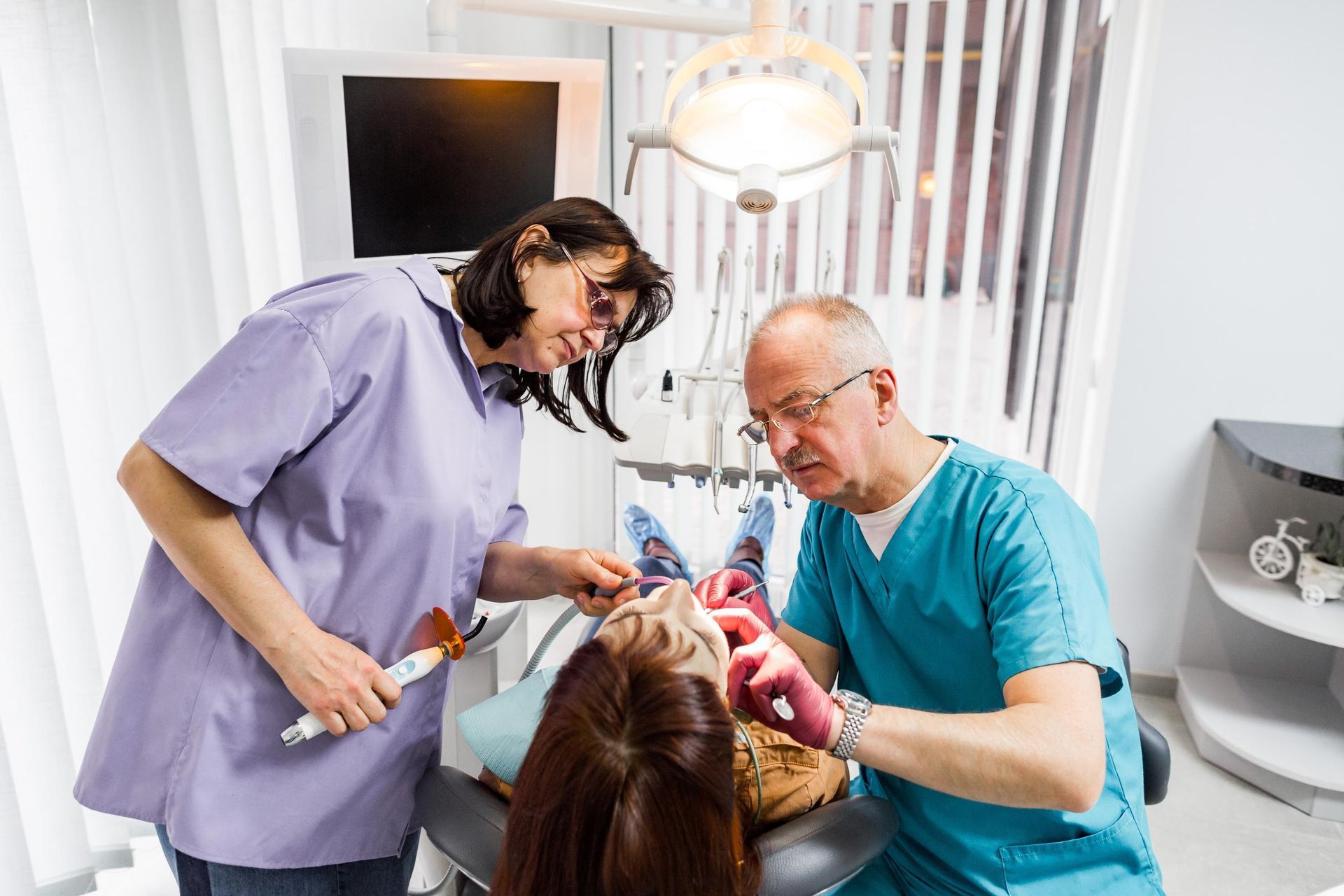

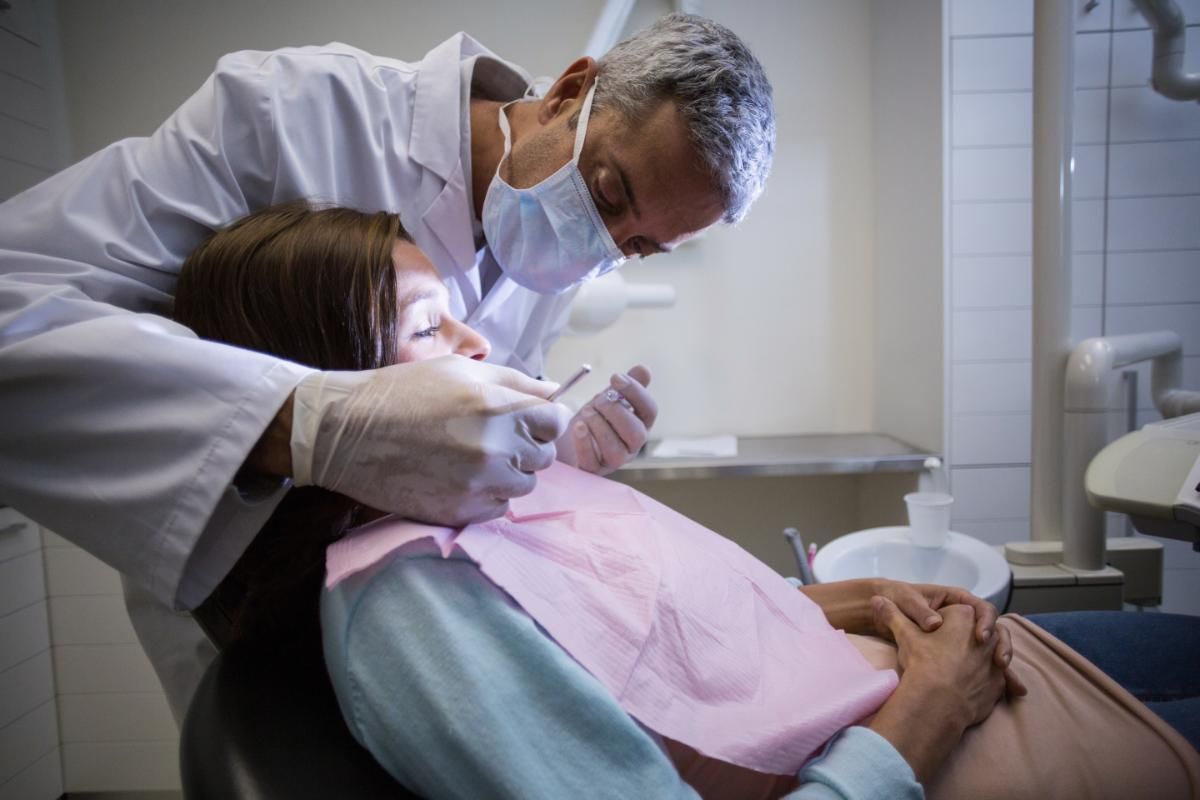
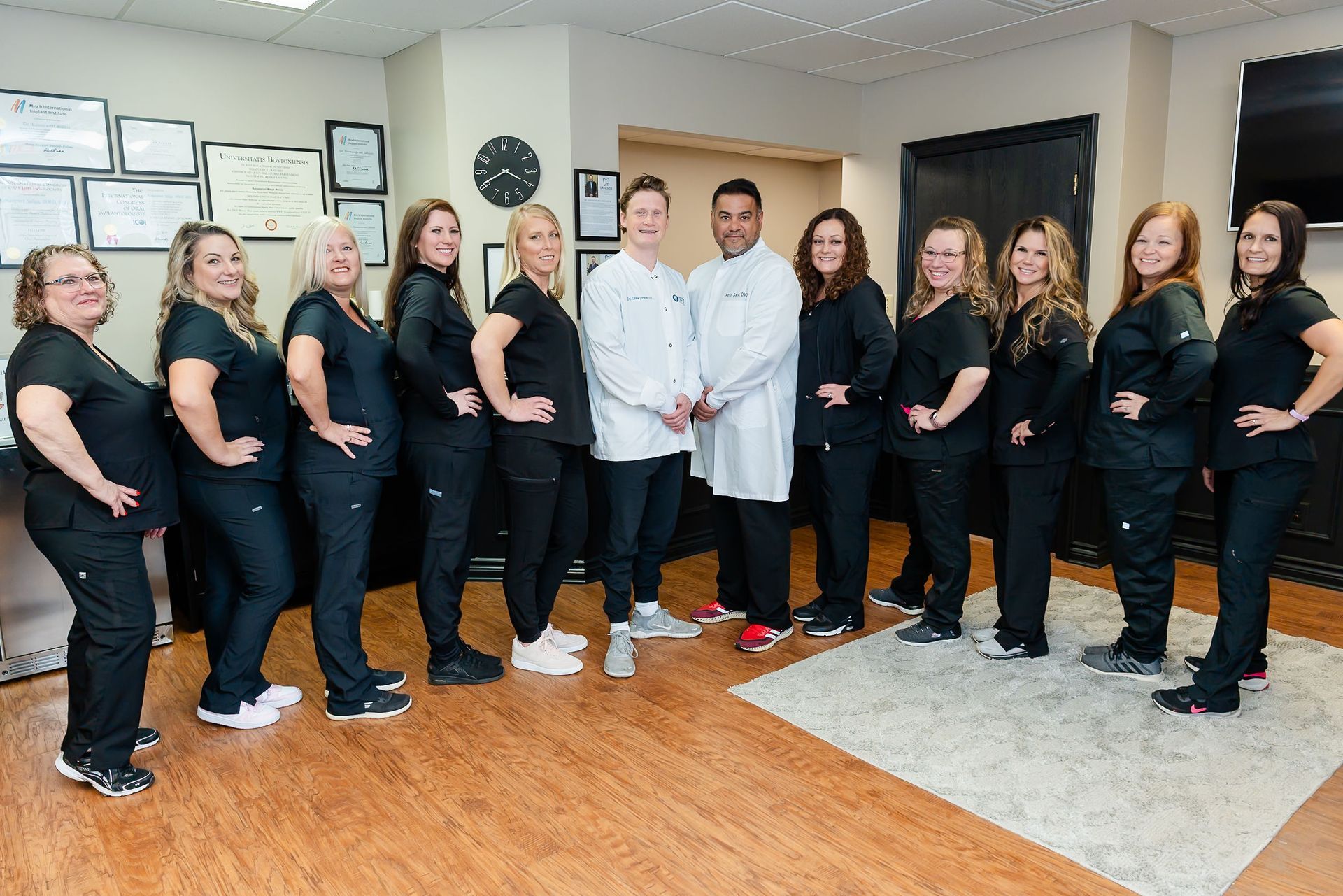

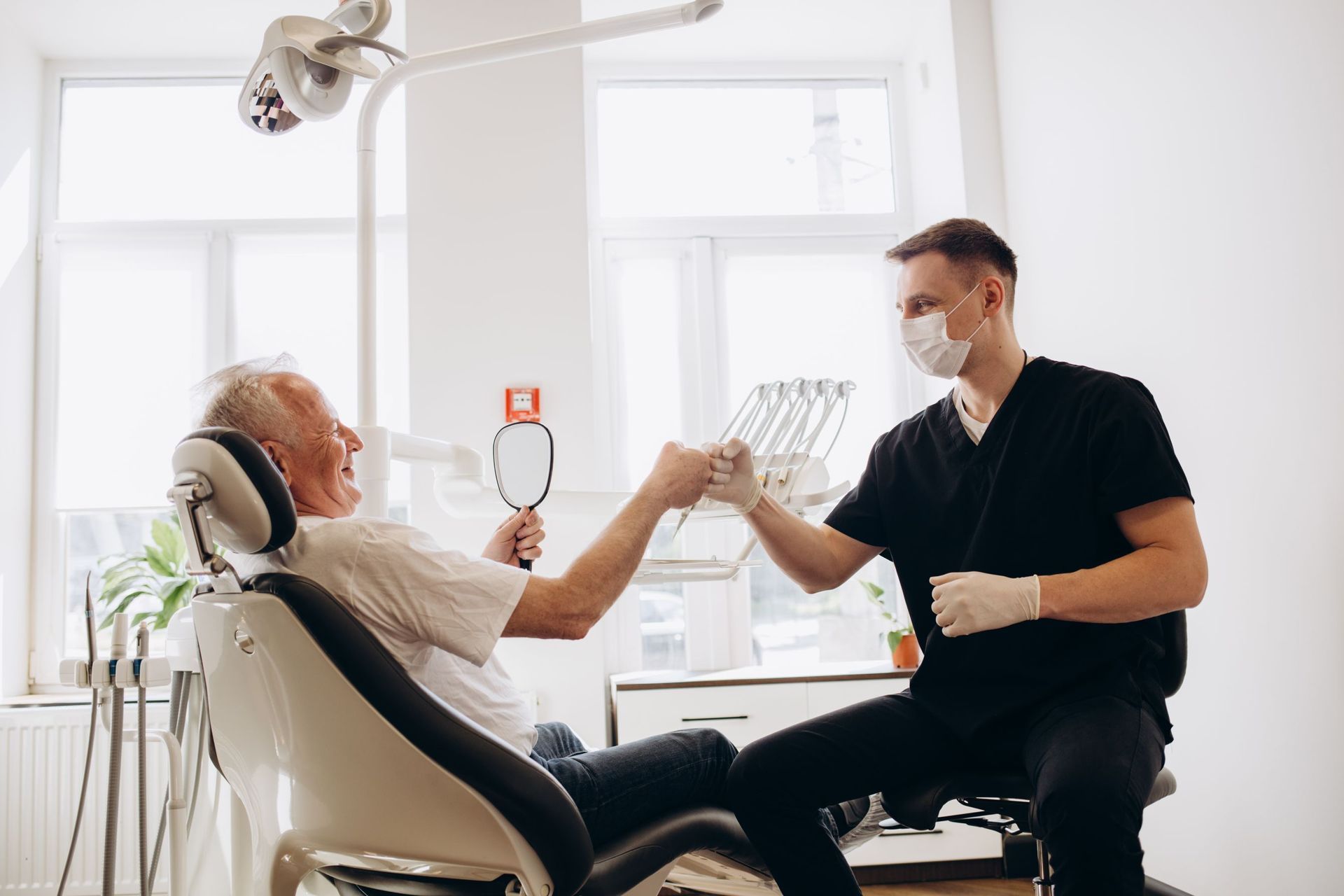
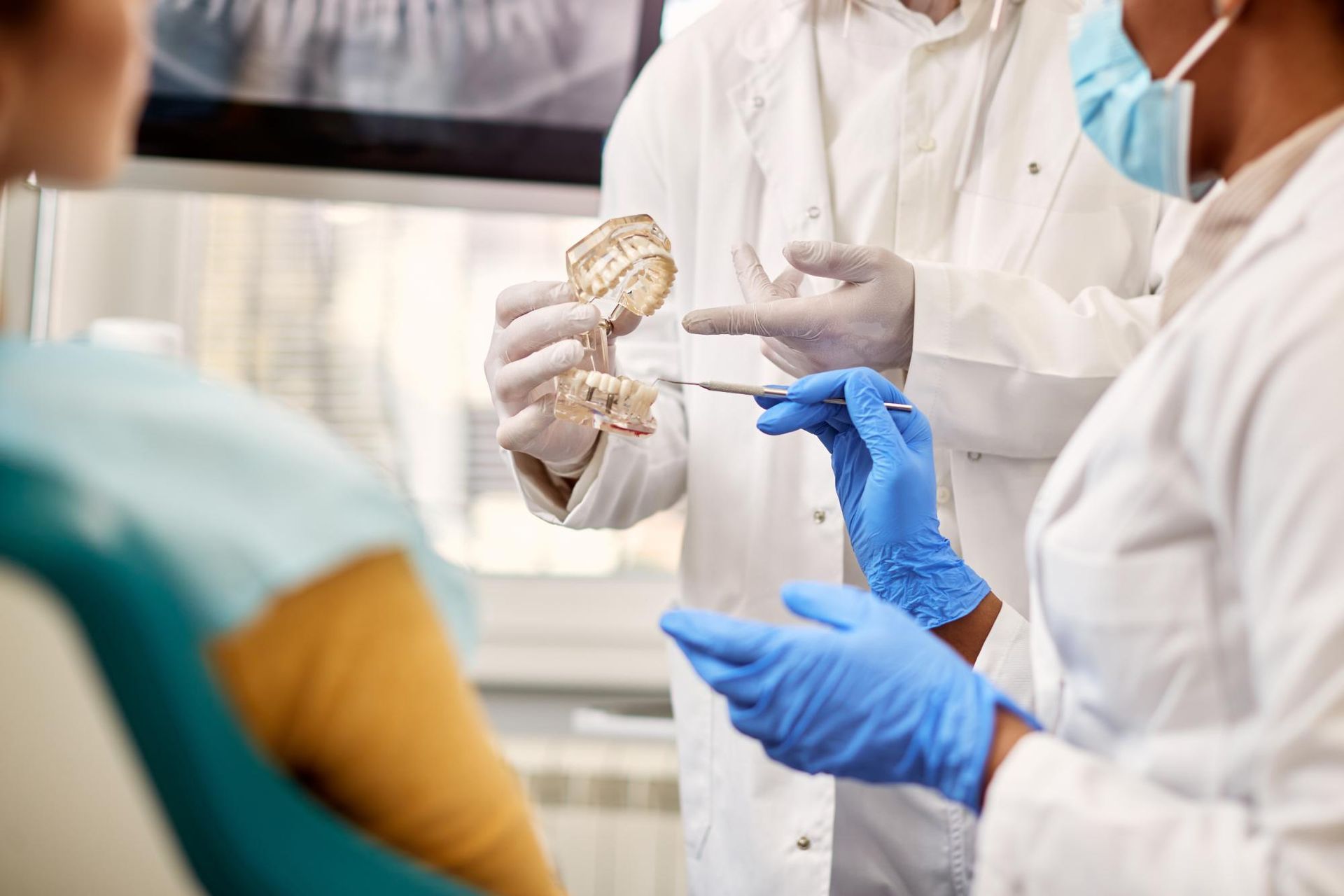

CONTACT US FOR A FREE CONSULTATION
Ready to Take the Next Step Towards a Full, Vibrant smile?
Start your journey towards exceptional dental care. Our mission is to help you unlock your perfect smile and embrace the essence of quality dentistry at its finest.

Contact Information
Request a Free Consultation
For more information about our services or to schedule an appointment, call us at (586) 228-0909 or complete the form below we’ll get back to you as soon as we can.
Our Services
Quick Links
Contact Information
smiles@mylakesidedentist.com
15400 19 Mile Rd Suite 180
Clinton Township, MI 48038
All Rights Reserved | Lakeside Family & Implant Dentistry





